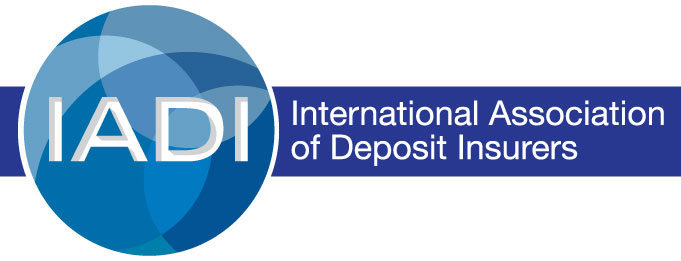Good morning and welcome to the 2023 IADI Biennial Research Conference. As I am sure you all are, I am looking forward to listening to the various discussions around the papers presented today that pose many relevant and timely questions for deposit insurers.
Today, we have a unique opportunity to analyse and attempt to understand the many variables that constitute an effective deposit insurance system. Something that is new, perhaps, is the speed at which some of these variables seem to be evolving; forcing us to increase the speed at which we learn from and adjust after situations that, if unplanned, could not be considered totally unforeseen.
As such, in many ways, this is a very appropriate time for these discussions and analysis. We are facing a time of great anticipation, where it seems that some definitions or traditional recipes are proving to not be enough to provide confidence to depositors; while at the same time the activities of certain unregulated or underregulated entities have exposed cracks in the system that sow doubt and instability.
It is not possible to think of a financial system where the wider economy is merely in orbit, but rather the financial system must seek to promote the sound functioning of the wider economy, without allowing it to become the only driving force of the economy.
If the relentless pursuit of earnings above all else by a single bank can potentially be enough to cause an economy like the USA to faulter, we definitely need to rethink our priorities. In short, it is clear that there is a pressing need to analyze the relevance of greater regulation and supervision, while establishing viable bank resolution mechanisms that involve deposit insurers.
We find ourselves at a point where we need to discuss the effectiveness and efficiency of various methods to resolve banks and, in particular, to protect depositors. This last element is a key reason for deposit insurers to be actively involved in the resolution of banks that are not considered GSIBs or GSIFIs. For some authorities with a resolution mandate, the ideal bank resolution method may involve a successful pay-out, while for others, a transfer of assets and liabilities can seem much more effective.
In short, we cannot fail to see that deposit insurers can play a more decisive role in promoting the stability of the financial system.
We need to revisit the notion of the least cost test and how its use can benefit depositors and taxpayers, and ultimately strengthen the economy. We also need to think about new concepts, like the potential of charging special premiums for deposits well above and beyond the coverage limit, or the potential exclusion of certain assets and liabilities in a transfer transaction to maintain financial stability. These and other related discussions are clearly on the horizon for us.
On this note, there is no doubt in my mind that IADI has the moral obligation to lead the debate. We must be willing and able to provide answers to new proposals for different scenarios that, in the future, will surely be different again. For this, we not only have to focus on the guidelines of what the characteristics of the deposit insurer should be. We must also go a step further and establish to what extent the deposit insurer can, and in fact should be, a relevant actor and facilitator for the resolution of small and medium-sized entities, which in turn helps mitigate the risks that their failure can pose.
So far you will surely agree, but I would like to add an additional element for us to consider. Is it the role of the financial safety net to also foresee the consequences that the failure of certain entities may have for the real economy? Should we include an estimate of the damages that a liquidation may cause to businesses and individuals in other sectors? Many times, the payment of insured funds is a quick way to mitigate the consequences of the liquidation of an entity. However, since this insurance does not include all depositors due to the volume of their deposits, it can also generate an unintended response from small and medium-sized companies that, lacking sophistication and the means to carefully analyze the situation of the bank where they deposit their funds, face the possibility of losing those funds and the consequent bankruptcy of their businesses.
No doubt these discussions add to the complexity that new technologies also bring to finance.
For this reason, bank resolution should not focus solely on the stability of the financial system. What seems stabilizing due to its short-term results may turn out to be a feasible solution only for a specific bank. In turn, depositors suffering the potential loss of their funds can cause the bankruptcy of companies in other economic sectors, with a resulting loss of jobs and further fueling the fear of other depositors that they will find themselves unprotected in a bank liquidation. In these cases, it is clear that the sensation that was transmitted was that the system protects itself but does not measure the consequences in the real economy.
And that is precisely when the clients of the traditional financial system begin to look with greater interest at alternatives of modern and seemingly less complex technologies, which, because they seem simpler, offer a certain sense of robustness and predictability. In reality, due to the lack of controls and the speed in the movement of funds, they can be much riskier than is initially apparent.
For all of these reasons, and those that we have not yet thought of, these forums are the ideal space to question what we have done in the past, to consider the reality of the financial market in the present, and to prepare for the challenges that we must face going forward.
Thank you again for being here and thank you to our presenters and discussants for contributing your experiences, knowledge and expertise to promote the growth and development of our community.

